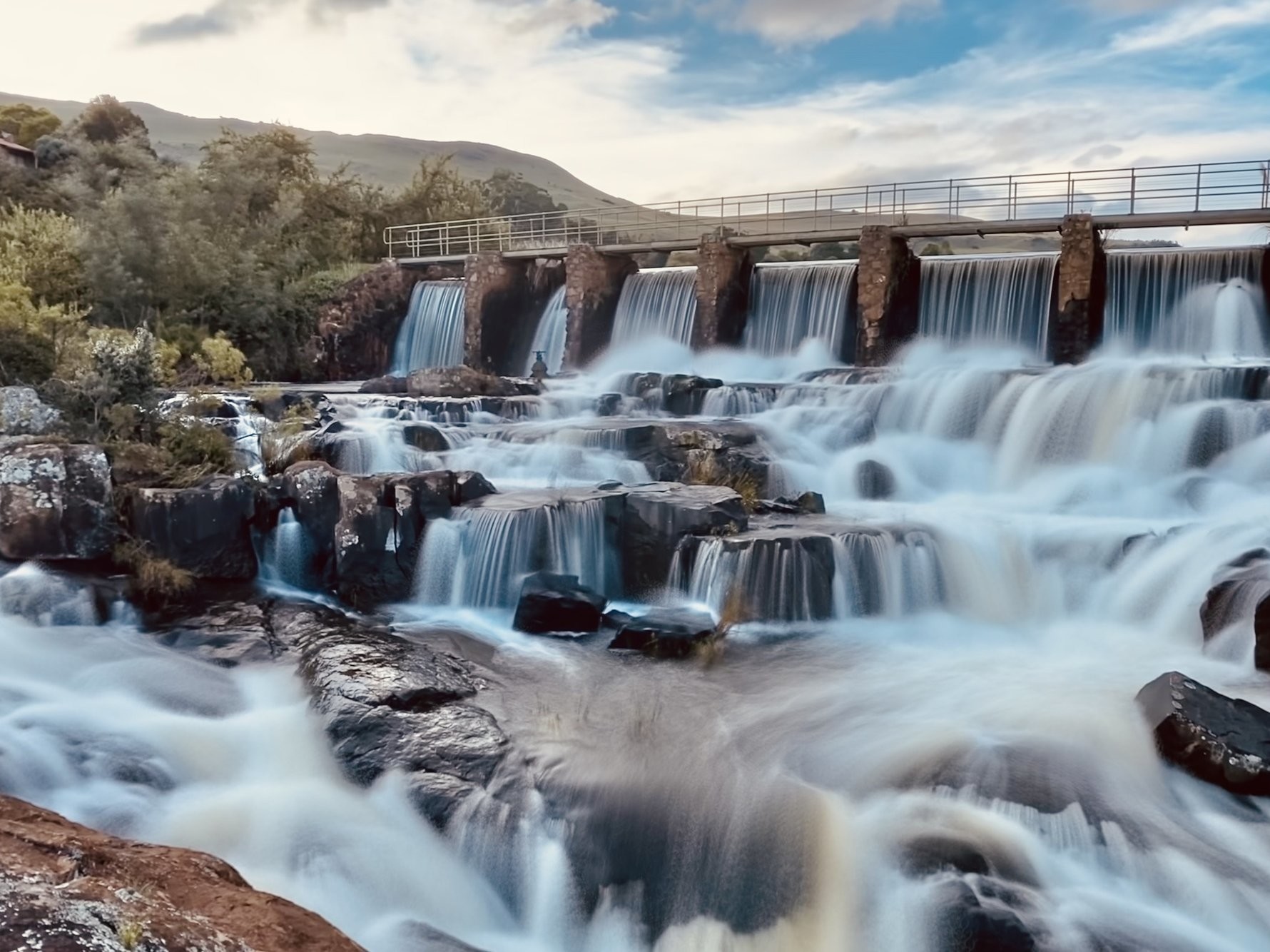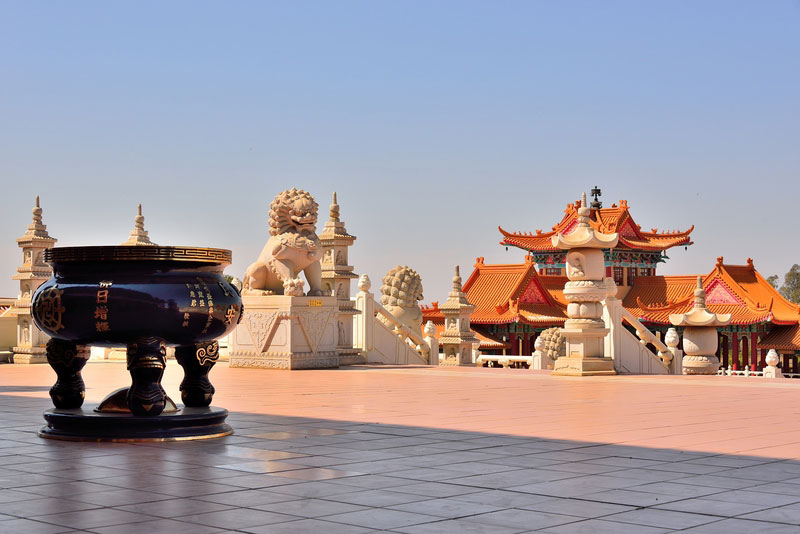What Does Johannesburg North Attractions Do?
What Does Johannesburg North Attractions Do?
Blog Article
Facts About Johannesburg North Attractions Uncovered
Table of Contents3 Simple Techniques For Johannesburg North AttractionsThe Best Guide To Johannesburg North AttractionsWhat Does Johannesburg North Attractions Mean?The Best Guide To Johannesburg North AttractionsNot known Factual Statements About Johannesburg North Attractions The Facts About Johannesburg North Attractions Uncovered
The city owes its place to the existence of a much more precious resource: gold. The city expanded on the side of the Witwatersrand Key Coral reef, a subterranean stratum of gold-bearing quartz-silica empire that arcs for hundreds of miles below the Highveld. Many of the gold mines in the city discontinued operation in the 1970s, but in its day the Witwatersrand gold industry represented more than 40 percent of the globe's annual gold production.Johannesburg has a pleasant climate. Summertime temperature levels average concerning 75 F (24 C); wintertime temperatures balance regarding 55 F (13 C) and only sometimes dip below cold. The city appreciates regarding eight hours of sunshine per day in both winter months and summertime. Rain averages about 28 inches (700 millimetres) per year, however the overall varies substantially from year to year.
What rainfall the city obtains falls virtually exclusively in the summertime months, typically in incredible late-afternoon electric storms., where several residents still depend on coal for gas.

Not known Details About Johannesburg North Attractions
The equilibrium of the city is occupied by whites. Accommodation varies in character and high quality. Soweto is notorious for its limitless rows of municipally constructed, two-room matchbox homes, yet it also has a couple of prosperous territories in addition to bursting squatter camps, where 10s of thousands live without water, power, or cleanliness centers.
Physical growth, although somewhat restricted by transportation, continued quickly as immigration to South Africa, and Johannesburg particularly, boosted dramatically. This trouble was solved in the 1930s when the vehicle was presented in automation to South Africa. Cars were, essentially, confined to the wealthy, and allowed them to transfer to the north of the city and commute right into the centre.
Most poor suburban areas were mixed, with bad blacks and whites cohabiting, although the rich residential areas were generally booked for whites. This changed with the political election of the National Party in the 1948 elections, that started to formalise the system recognized as discrimination. Apartheid formally assigned which suburban areas each race might reside in under the Team Locations Act.
The previous system of eleven numbered regions was reorganised in 2006. Marshalltown, as seen from the top of the Carlton Centre. The M1 and M2 run behind the structures, and the southern suburbs extend past the highway border. The central city of Johannesburg is located within the city's Area F. The estimated population of the region is 200,000, [] The number of people living in the internal city on a casual basis is unidentified, as many are prohibited immigrants. Many higher-income citizens and white individuals have actually relocated to the north suburban areas and have actually been replaced by lower-income black people. The joblessness, education and learning, and age accounts of the location are all unidentified, as a result discover this of the problem of getting reliable details concerning the area.
3 Simple Techniques For Johannesburg North Attractions
Centred on the CBD, the area includes the suburban areas of Yeoville, Bellevue, Troyeville, Jeppestown, and Berea to the eastern. To the west it infects Pageview (Johannesburg North attractions) and Fordsburg. There are small commercial areas to the south, such as City West-Denver and Benrose. Around 800,000 commuters pass via the inner city each day, and it functions as a local buying node for visitors from the southern suburbs. Yeoville and Bellevue have a mix of apartment and single domestic devices on little great deals. The area lies on a mountainous divide that runs from eastern to west. The most here are the findings noticeable geographical function is Observatory Ridge, which is called for the huge observatory situated on it. The recreational spaces are no more used, because of safety problems.

Johannesburg Arena, a training ground for both the Golden Lions and Orlando Pirates, is adjacent. The eastern residential areas of Johannesburg are located in the city's 7th [] and 9th [] regions. The area is also functionally integrated with East Rand boundary towns beyond the official border of Johannesburg, such as Bedfordview and Edenvale (both part of Ekurhuleni Metropolitan District).
Johannesburg North Attractions for Beginners
R. Tambo International Flight Terminal). The eastern suburban areas are a few of the oldest areas of Johannesburg, there are large areas of Jewish and other European histories, most of the populace is English talking. There are 3 golf links in addition to a number of protected ridges with viewsites. There are numerous strong and up-market home entertainment and buying areas in the east such as the Eastgate Mall and the Greenstone shopping centre.
The location is mostly composed of old "matchbox" homes, or four-room houses constructed by the federal government, that were constructed to offer affordable accommodation for black employees throughout racism. Soweto is an acronym, representing "South Western Townships". Street after street around is lined with matchboxes; nonetheless, there are a few smaller areas where thriving Sowetans have constructed homes that are extra comparable in stature with those in more wealthy suburbs.
Hostels are an additional popular physical attribute of Soweto. Originally built to house male migrant workers, numerous have actually been improved as homes for couples and households. The N1 Western Bypass skirts the eastern border of Soweto. The residential area was not traditionally enabled to create employment centres within the location, so mostly all of its locals are commuters to other parts of the city.
How Johannesburg North Attractions can Save You Time, Stress, and Money.
The N1 Western Bypass connects the north suburbs with the north-western residential areas. The household locations in the north residential areas are primarily formal, without significant locations of casual housing, or housing that lacks a permanent structure. This is a recognized area, there is a pattern of land use change from property to business, especially along major arterial roadways and around established nodes.
The location is well attached to roadway networks, specifically along the north-south axis formed by the M1 and N1. Roads to the eastern and west are less well established, as there are no highways taking a trip in that direction. Towards the northern boundary of the city, the density of advancement reduces, you could try these out leaving big areas of primitive land around Midrand.
Indicators on Johannesburg North Attractions You Should Know
The first suburban area to the north of the central city is Parktown, which is situated on a hillside ignoring the central city and Hillbrow. It has numerous wealthy residents and Edwardian-design manors, along with the Education and Clinical universities of the University of the Witwatersrand. The huge concrete Charlotte Maxeke Johannesburg Academic Hospital dominates the sky line of Parktown.
Report this page